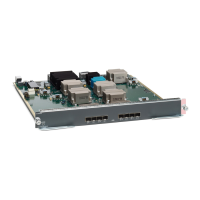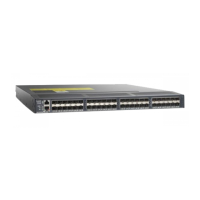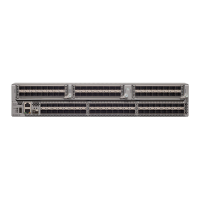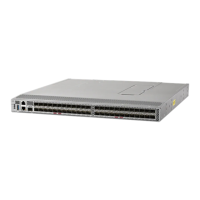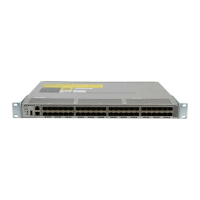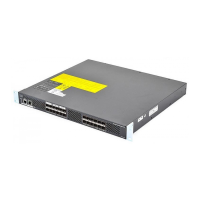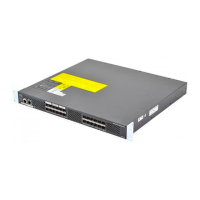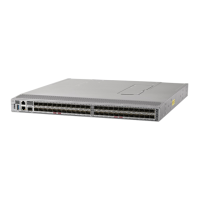Send documentation comments to mdsfeedback-doc@cisco.com
4-2
Cisco MDS 9000 Family Fabric Manager Quick Configuration Guide
OL-7765-02
Chapter 4 Configuring VSANs and Interfaces
Creating VSANs
Creating VSANs
VSANs help you create multiple logical SANs over a common physical infrastructure. Each VSAN can
contain up to 239 switches and has an independent address space that allows identical Fibre Channel IDs
(FC IDs) to be used simultaneously in different VSANs.
Default VSAN
VSAN 1, also known as the default VSAN, is typically used for communication, management, or testing
purposes. We recommend that you do not use VSAN 1 as your production environment VSAN. There
are several features that, when configured, disrupt traffic on VSAN 1. If you use VSAN 1 as your
production environment VSAN, you risk disrupting traffic when these features are configured.
Note By default, all Cisco MDS 9000 Family switches belong to VSAN 1. We recommend that you create
production environment VSANs and configure the switches to use those VSANs.
To add and configure a VSAN, follow these steps.
Step 1 Click the Create VSAN icon. (See Figure 4-2.)
Figure 4-2 Create VSAN Icon
Note For details about the icons and buttons used in Fabric Manager, see Appendix A, “Fabric
Manager Client.”
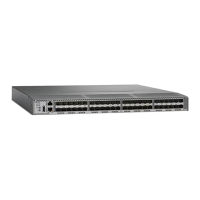
